The DO Loop
Statistical programming in SAS with an emphasis on SAS/IML programs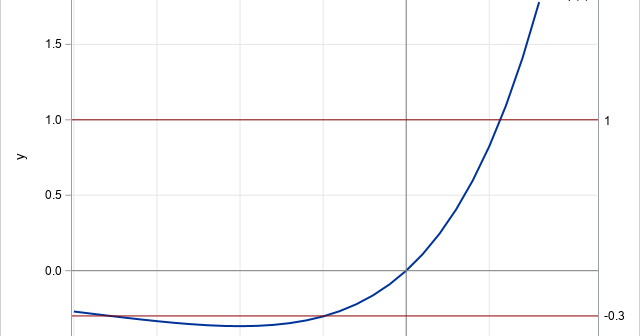
I previously wrote an article about the Lambert W function. The Lambert W function is the inverse of the function g(x) = x exp(x). This means that you can use it to find the value of x such that g(x)=c for any value of c in the range of g, which
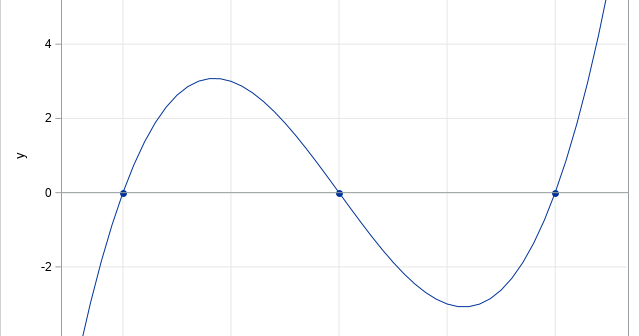
A SAS programmer had many polynomials for which he wanted to compute the real roots. By the Fundamental Theorem of Algebra, every polynomial of degree d has d complex roots. You can find these complex roots by using the POLYROOT function in SAS IML. The programmer only wanted to output
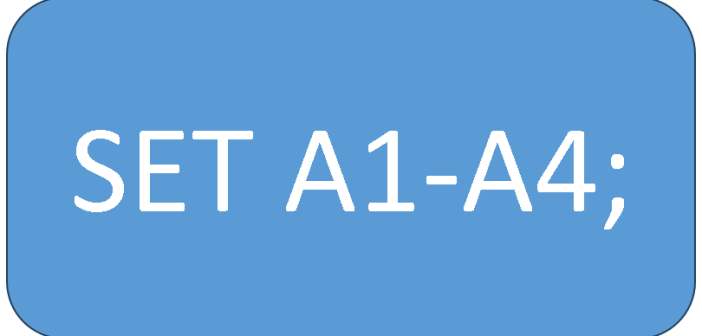
Here's a SAS tip for you. Most SAS programmers know that SAS provides syntax that makes it easy to specify a list of variables. For example, you can use the hyphen and colon operators to specify lists of variables on many SAS statements: You can use the hyphen operator (-)
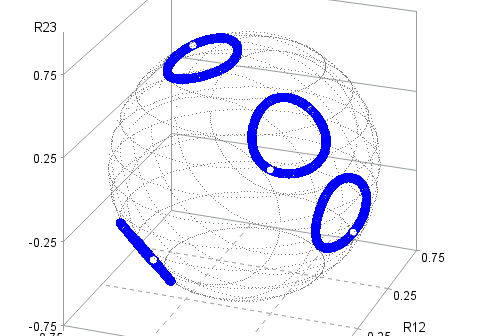
A colleague asked me an interesting question: Suppose you have a structured correlation matrix, such as a matrix that has a compound symmetric, banded, or an AR1(ρ) structure. If you generate a random correlation matrix that has the same eigenvalues as the structured matrix, does the random matrix have the
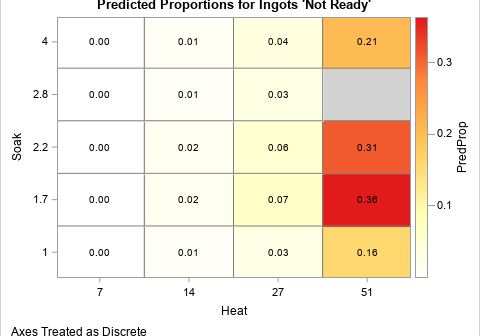
In a previous article, I presented some of the most popular blog posts from The DO Loop in 2024. In general, popular articles deal with elementary topics that have broad appeal. However, I also write technical articles about advanced topics, which typically do not make it onto a Top 10
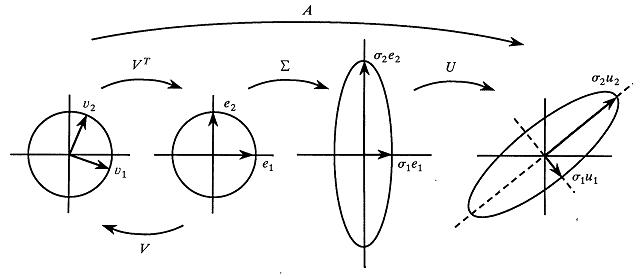
A previous article discusses covariance matrices that have the same set of eigenvalues. The set of eigenvalues is called the spectrum of the matrix. For symmetric matrices, the spectrum contains real numbers. For covariance matrices, which are positive semidefinite, the eigenvalues are nonnegative. It turns out that two symmetric matrices
